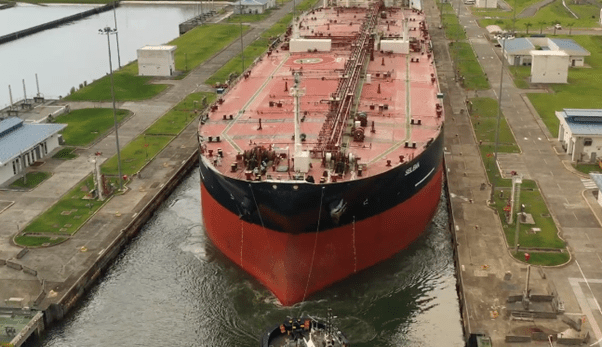Tanker market in 2023 has been a more “normal” market so far and we have seen rates, especially for the larger crude tankers weaken throughout the summer, Poten & Partners, brokers, commercial and technical consultants said.
Poten & Partners explains that “this year, we are facing a summer market again. Some of the factors that drove down rates were not necessarily seasonal.”
The production cuts of Saudi Arabia and Russia have directly and indirectly hit the tanker market. Directly through lower transportation volumes and indirectly through higher prices, as the firm notes.
However, the market seems to be confident of better times ahead, in accordance with Poten & Partners.
“Just this week, it was reported that a modern VLCC was fixed on a 3-year charter to a major oil company for around $50,000/day. While this may have been a one-off fixture, it does show a high level of confidence in the market going forward,” Poten & Partners notes, adding that in its database rates that high for a three-year charter can be seen in October 2008.
“A publicly listed tanker owner just chartered out a VLCC for two years at $48,000/day. Time charter rate assessments for tankers have remained strong throughout the summer, indicating an underlying bullish sentiment.”
The consultancy company sees resistance, in the secondhand market, from owners to lower their price ideas despite lower rates.
“As we get closer to the fourth quarter and seasonal oil demand picks up, we expect more oil on the water. Global oil demand has recovered from its pandemic lows and inventories are down, ultimately requiring Middle East flows to resume, providing seasonal support to the tanker market.”
As it has been observed by the firm in previous weekly opinions, tanker rates, both for crude oil and product tankers, are both cyclical and seasonal.
The seasonality patterns change under different market circumstances.
However, in many years, external factors, like wars, pandemics and economic shocks create so much rate volatility that they overwhelm the market’s seasonal factors, and it appears they are no longer there.
Several maritime researchers concluded that the reasons for these seasonal patterns include increased oil demand during the winter in the northern hemisphere since colder weather stimulates heating oil demand. At the same time vessel productivity declines in the winter as weather delays are more frequent.



